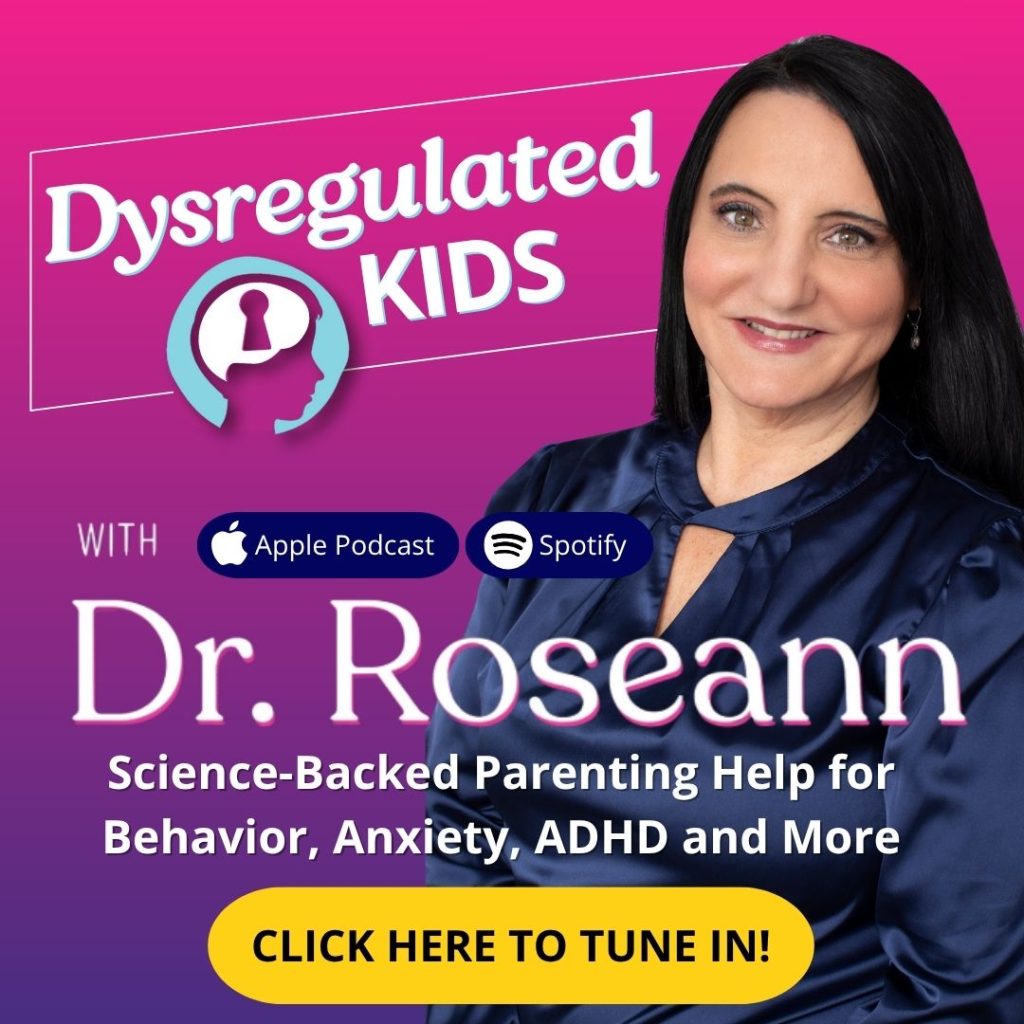Estimated reading time: 8 minutes
One simple, hopeful idea – when we calm and support the brain, writing gets easier, at home and at school.
If your child melts down over writing homework, gets “stuck” at the blank page, or rushes through with sloppy mistakes, you’re not alone.
This guide shows how executive functioning and writing are connected. It also shares ways to help your child plan, write, and finish with less stress.
Let’s calm the brain first, then build skills that last.
Executive Functioning And How It Affects Your Child’s Writing
Executive functions are the brain’s self-management skills. They include working memory, inhibition (self-control), and cognitive flexibility.
These skills help kids plan, start, persist, adjust their strategies, and review their work. As psychologist Adele Diamond puts it, “Executive functions make possible mentally playing with ideas.”
Why this matters for writing:
Writing isn’t one skill; it’s a sequence of skills: plan → start → generate ideas → organize → draft → revise → finish.
Weak EF can derail any step. Research shows that stronger EF in early years predicts later academic success, including literacy (Blair & Razza, 2007; Diamond, 2013).
Parent snapshot (Julia, age 10):
Julia has great stories—until she faces the blank page. With a visual plan and a two-minute “calm start” breathing routine, she begins writing sooner and finishes with fewer tears.
Takeaway: Regulate first; then structure the task.
How To Tell Executive Function Issues From Dysgraphia and ADHD
Many kids have overlapping challenges. Behavior is communication—not “laziness.”
Clues it’s primarily EF:
- Trouble starting tasks (task initiation), poor time sense, loses track of steps
- Ideas in conversation > ideas on paper; organization falls apart mid-draft
- Avoids writing; rushes or “freezes”; forgets instructions
Clues it’s dysgraphia (writing disability):
- Illegible handwriting, letter formation issues, slow transcription/typing
- Persistent spelling errors despite practice
Clues related to ADHD/anxiety/ASD:
- ADHD: working memory/inhibition impacts written expression and spelling (Soto et al., 2021).
- Anxiety: perfectionism, fear of being “wrong,” avoidance
- ASD: difficulty with inference, flexible thinking, or audience awareness
In a clinical sample, working memory had direct effects on written expression, spelling, and writing fluency—stronger than ADHD symptoms themselves (Soto et al., 2021).
Why Your Child Avoids, Melts Down, or “Freeze” When It’s Time to Write
It is because writing demands sustained attention, working memory, and planning. Kids with EF weaknesses work harder just to get started. Stress then further impairs EF—a brain-body loop we must break with regulation-first routines (Diamond, 2013).
Parent snapshot (Marco, age 12):
Marco rips up papers when asked to “write a paragraph.” Switching to a two-sentence starter, noise-canceling headphones, and a timed five-minute sprint lowered his stress and got words flowing.
Takeaway: Shrink the start line; celebrate small wins.

Specific Skills That Writing Requires
Writing is a whole-brain task that blends language, motor, and executive skills. Here’s a parent-friendly checklist (keep this handy during homework):
Language & Knowledge
- Vocabulary: expressive/receptive language
- Grammar, punctuation, and capitalization
- Spelling: phonological/morphological/orthographic knowledge
- Background knowledge & reasoning
Memory & Attention
- Working memory (holding and manipulating ideas)
- Short-term memory; retrieval from long-term memory
- Sustained attention
Executive Functions
- Idea generation, organizing thoughts
- Task initiation, planning, sequencing, and self-monitoring
- Metacognition (thinking about thinking)
Motor & Mechanics
- Handwriting/typing fluency; visual-spatial skills
- Sentence → paragraph → essay structure; editing & revising
Working memory is “critical for making sense of anything that unfolds over time,” including writing and language (Diamond, 2013).
| Language | Memory/Attention | Executive Functions | Motor/Mechanics |
|---|---|---|---|
| Vocabulary | Working memory | Task initiation | Handwriting fluency |
| Expressive/receptive language | Short-term memory | Idea generation | Typing skills |
| Grammar, punctuation, and capitalization | Retrieval from long-term memory | Planning & sequencing | Visual-spatial skills |
| Spelling | Sustained attention | Organizing thoughts | Sentence-to-essay structure |
| Phonological/ morphological/ orthographic knowledge | Focus shifting | Self-monitoring | Editing & revising |
| Background knowledge & reasoning | Attention to detail | Metacognition | Fine motor control |
How To Help Your Child Start, Plan, and Finish Writing
Let’s apply Regulation First Parenting™ — Regulate → Connect → Correct.
Regulate (calm the brain first):
- 2–3 minutes of breathing, movement, or a sensory reset
- Reduce noise/visual clutter; use a timer and one-step directions
Connect (safety + collaboration):
- Reflect feelings: “This looks big. Let’s do it together.”
- Offer choice: topic, tool (pencil/keyboard), or order (plan first vs. brainstorm)
Correct (teach the skill):
- Micro-starts: “Write 1 sentence” → quick win → expand
- Visual organizers for writing (boxes & bullets; first-then charts)
- Plan in talk, not text: voice-to-notes, then convert to sentences
- Color-code: green=topic, yellow=details, red=conclusion
- Two-pass editing: Pass 1 ideas/organization; Pass 2 mechanics (editing and revising with kids builds independence)
Parent snapshot (Ava, age 8):
Ava dreaded journal time. We added a picture prompt, a three-box organizer (beginning/middle/end), and a stickers-for-starts chart. In three weeks, she went from tears to two paragraphs.
Takeaway: The proper structure unlocks confidence.
School Supports and Accommodations That Actually Help
Share your child’s strengths and EF needs with teachers. Ask them for simple, high-impact supports:
Planning & Initiation
- Graphic organizers, sentence frames, and examples
- Chunked steps with checklists; extended time for planning
Working Memory Supports
- Written directions; posted rubrics; anchor charts
- Voice-to-text or scribe for drafts; word banks
Revision & Self-monitoring
- Rubrics for content first, mechanics second
- Peer or teacher “conference checkpoints” mid-draft
Assessments
- Choice of response (slide, audio, poster) to show learning without overtaxing EF
“Executive function and self-regulation skills provide critical supports for learning and development.” – (Harvard Center on the Developing Child)
How do ADHD, anxiety, ASD, OCD, or PANS/PANDAS change the picture?
- ADHD: Working memory and inhibition are common sticking points. They affect writing fluency, spelling, and written expression (Soto et al., 2021). Teach micro-steps and offer tech support.
- Anxiety/mood: Perfectionism blocks initiation. Use low-stakes starts, “ugly first drafts,” and co-regulation.
- ASD/OCD: Support flexible thinking (multiple ideas), audience awareness, and tolerance for changes.
- PANS/PANDAS: Fluctuating symptoms mean day-to-day variability; lean on predictable routines and scaffolded planning.
When To Seek Evaluation or Extra Support
Consider an assessment if:
- Writing output is far below oral ability for 6+ months
- Persistent meltdowns/avoidance despite support
- Significant handwriting/typing challenges (screen for dysgraphia)
- Teacher concerns across settings
A comprehensive evaluation can clarify executive function, language, and specific learning issues. Early support prevents the “I’m just bad at writing” story from taking root.
Hope Ahead: Helping Kids Write Without the Struggle
We can address executive functioning and writing together—regulate → connect → correct. This way, kids stop avoiding, start writing, and feel proud of their work.
Behavior is communication. Your child is showing you where the brain needs calm + structure.
Next step: Get the Executive Functioning Parent Toolkit (with our “Calm-Start Writing Planner”). Watch the quick video to set up tonight’s writing routine.
FAQs
How much writing should I expect at my child’s age?
Focus less on length and more on process: plan → draft → revise. Consistency beats quantity. If writing is consistently far below oral ability, consider support.
What if my child blames “bad handwriting”?
Mechanics matter. But most kids also need planning and working-memory supports. Try typing or voice-to-text while you build transcription skills.
Should we practice writing daily?
Short, low-stress practice (10–15 minutes) builds stamina. Pair with regulation first and use visual organizers to protect working memory.
Citations
Blair, C., & Razza, R. P. (2007). Relating effortful control, executive function, and false belief understanding to emerging math and literacy ability in kindergarten. Child Development, 78(2), 647–663. https://www.jstor.org/stable/4139250
Diamond, A. (2013). Executive functions. Annual Review of Psychology, 64, 135–168. https://doi.org/10.1146/annurev-psych-113011-143750
Soto, E. F., Irwin, L. N., Chan, E. S. M., Spiegel, J. A., & Kofler, M. J. (2021). Executive functions and writing skills in children with and without ADHD. Neuropsychology, 35(8), 792–808. https://doi.org/10.1037/neu0000769
Always remember… “Calm Brain, Happy Family™”
Disclaimer: This article is not intended to give health advice, and it is recommended to consult with a physician before beginning any new wellness regimen. The effectiveness of diagnosis and treatment varies by patient and condition. Dr. Roseann Capanna-Hodge, LLC, does not guarantee specific results.
Are you looking for SOLUTIONS for your struggling child or teen?
Dr. Roseann and her team are all about science-backed solutions, so you are in the right place!
©Roseann Capanna-Hodge










